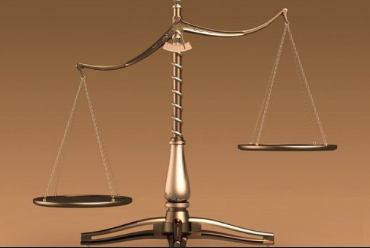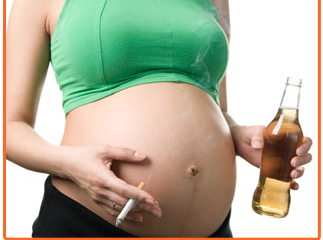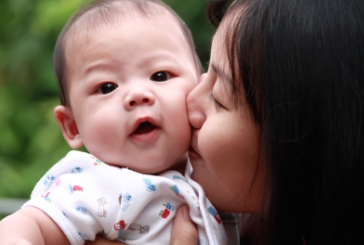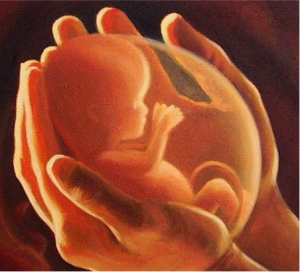The case of “Non-consensual Electroconvulsive Shock Therapy” is a prime example of two of Beauchamp and Childress’ principles of medical ethics opposing each other: non-maleficence and personal autonomy (Pugh). This case involves a man, Simon, who is heavily contemplating suicide and is refusing treatment that could potentially prevent him from completing suicide. When his son is asked to sign a waiver allowing his father to receive electroconvulsive shock therapy, he also declines it. This presents the dilemma of doctors overriding both Simon and his son’s wishes for the purpose of potentially saving his life, or respecting his and his son’s wishes and potentially leading to death (Wilfrid, Waluchow, Gedge 124 – 125).
As a blog from the University of Oxford states that, “…we intuitively believe that the principle of non-maleficence should trump what [Dr. Ronald Pies’] claims to be the patients autonomous choice…” (Pugh). Often times in medical ethics, it is believed that saving a life is the most important thing. However, this statement was in response to cases involving assisted suicide. Even though the case of “Non-consensual Electroconvulsive Shock Therapy” is trying to provide a treatment that could potentially save a life, the case actually poses many similarities to cases of physician assisted suicide (PAS). Most physician assisted suicide cases involve a patient who is terminally ill and in immense amounts of physical pain. While there have been numerous debates about the ethical nature of PAS, Oregon passed a law in the mid ‘90s, making it the only state to allow PAS (Dahl and Levy).
It seems like a stretch to compare the ECT to PAS, however both cases present opposing medical ethics principles of autonomy and non-maleficence, while also incorporating concepts of an informed decision or whether or not a patient is in a rational state of mind to make the decision. In Simon’s case, he was experiencing extreme depression and was mentally in excruciating pain. Even if Simon and his son, who is not experiencing depression and therefore considered to be more rational, both decide against ECT, does the doctor have the right to perform a treatment that may have other side effects even if the patient lives? Whereas in the state of Oregon, if a patient is physically very ill and in pain, a doctor legally can assist that patient in their death. How are we able to decide that mental pain is less important than physical pain and therefore a patient should have to continue to live in mental pain? As Wilfred, Waluchow, and Gedge asked, “May not quality of life be so poor, or be perceived to be so poor, that death may be rationally deemed preferable?” (Wilfred, Waluchow, and Gedge 130). In both cases of treating a patient with ECT or agreeing to PAS, one must ask themselves about the patient’s quality of life. If a patient’s quality of life is so poor, one might think that respecting autonomy is more important than practicing non-maleficence.
Dahl, E., and N. Levy. “The Case for Physician Assisted Suicide: How Can It Possibly Be Proven?” Journal of Medical Ethics 32.6 (2006): 335–338. US National Library of Medicine National Institutes of Health. BMJ Publishing Group Ltd & Institute of Medical Ethics. Web. 31 Jan. 2015. <http://www.ncbi.nlm.nih.gov/pmc/articles/PMC2563370/>.
Pugh, Johnny. Practical Ethics. University of Oxford, 10 Oct. 2010. Web. 31 Jan. 2015. <http://blog.practicalethics.ox.ac.uk/2012/10/physician-assisted-suicide-and-the-conflict-between-autonomy-and-non-maleficence/>.
Thomas, John, Wilfrid Waluchow, and Elisabeth Gedge. “Non-Consensual Electroconvulsive Shock Therapy.” Well and Good. 4th ed. Toronto: Broadview, 2014. 124 – 130. Print.









